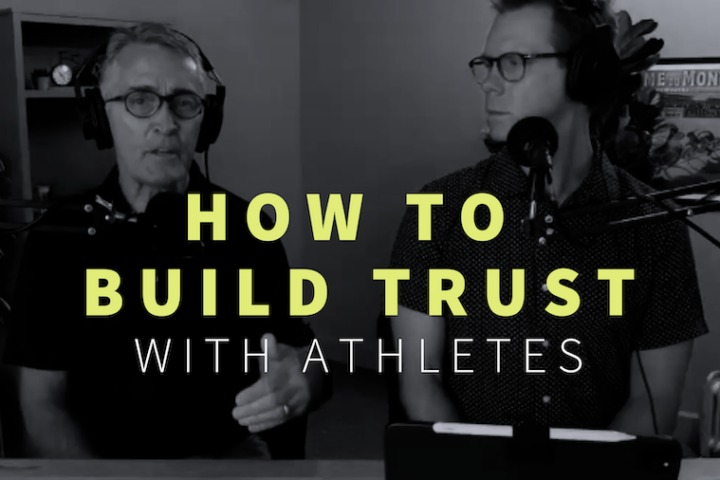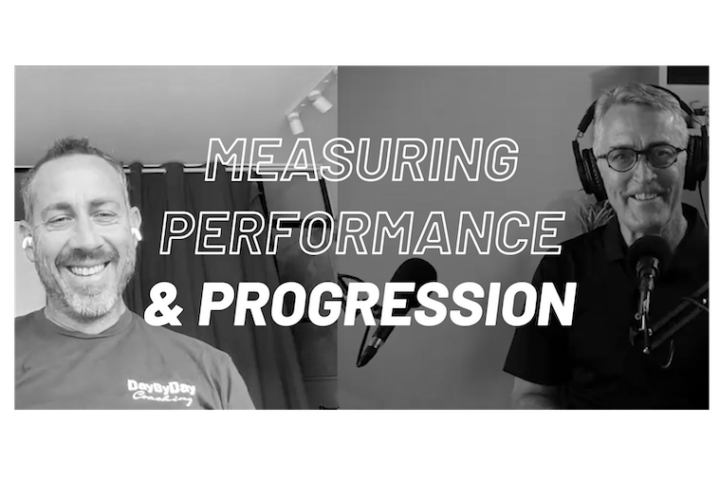
A Deep Dive on Interval Execution
Learn how and why you should select certain intervals, how to integrate them into your training plan, when to do them, and how to properly execute them.
Workshops & Webinars. How-To Videos. Techniques. Workouts.
Library members get access to the Fast Talk Laboratories video library including how-to, training analysis, technique, recorded Q&A sessions, and workout videos from our coaches.

Learn how and why you should select certain intervals, how to integrate them into your training plan, when to do them, and how to properly execute them.

Coaches Trevor Connor and Ryan Kohler review TrainingPeaks metrics such as Acute and Chronic Training Load (ATL/CTL), Training Stress Balance (TSB), and discuss the interactions among the metrics.

Cardiovascular drift is an instability in heart rate and stroke volume over time. We show you how to determine it.

We usually take our sports science pretty seriously. Not so much in our holiday special…

What’s the best way to handle an athlete who has a plan of their own? Joe Friel talks about the coach-athlete dynamic and how you can use doubt to strengthen the relationship.

Good intentions can lead many coaches to give away their time for free. It’s a costly mistake that will hurt your coaching business.

How many athletes should a coach take on? Many new coaches try to build their client list quickly, but it’s easy to trade effectiveness in the rush for scale.

Dr. Julie Emmerman joins Emma-Kate Lidbury to talk about the role that self-awareness and emotional intelligence can have in performance psychology.

Load, stress, strain—they’re terms we hear a lot in sports science, but what do they mean? Dr. Stephen Seiler explores how your internal response to external load will change as you become fitter and more durable.

Coach Julie Young describes the performance improvements made when one of her athletes switched to a year-round training program.

The lab simplifies the path forward for the athlete, showing how the body is responding to training and taking us back to the basics.

To achieve a top performance an athlete must be both physically and mentally prepared. It’s the mental piece that can be the toughest to coach.

How does an athlete’s personality affect how you write their training plans and give feedback? It can be far more varied than you might realize.

Coach Dave Schell talks with Joe Friel about how he gets buy-in from athletes, and creates a dynamic, athlete-centric training plan specific to their individual needs.

Learn from Joe Friel and a handful of master coaches on how to become a more versatile coach, adapting training to the needs of each athlete you work with—from novice to elite.

Dr. Stephen Seiler explains why polarized training is a winning strategy for the long game of endurance sports. By balancing the stress of training, athletes see bigger gains over time.

It can be very easy to train at a moderate intensity all the time, which can be a surefire way to land in an overreached state. Polarized training can help prevent that—and in this video, Dr. Seiler explains how.

Scientists have worked closely with athletes and coaches to define the polarized model and explain how it works. Who leads the way? Dr. Seiler talks about the scientific process playing out in valuable ways in both research and the real world.

Is 80/20 really the best mix of intensities? And what’s the best way to categorize training? Dr. Seiler has a simple method to get you started.

Coach and sports nutritionist Ryan Kohler shares his sports nutrition guide for endurance mountain bike races.

Coaches Joe Friel and former pro cyclist Ben Day talk about setting goals and how measuring progress must include “more than just numbers.”